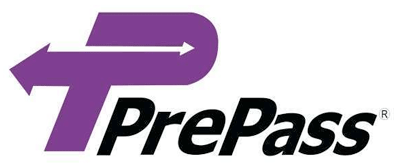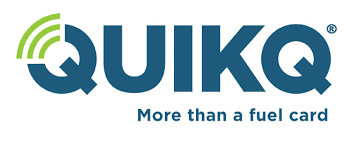by Alexandra Marx
Most people in the trucking industry know that the truck driver shortage is a huge issue that is causing discord within companies. But what is really behind that shortage?
As discussed in “Why Driver Shortages Are Hurting the Trucking Industry,” there are many contributing factors such as work-life balance, the COVID-19 pandemic, the spot market, and more. However, one of the most prevalent causes for the ever-growing issue of the truck driver shortage is the irregularity of their compensation.
So how is compensation a driving force in the driver shortage?
Part of the irregularity is the variation between multiple different pay models that are used across the trucking industry. Their regularity and reliability fluctuate pretty heavily based on the state of the market and freight prices. Some typical models of pay include hourly, mileage-based, percentage-based, and a combination of all of those.
Hourly Pay
Many trucking companies simply pay their drivers a fixed rate per hour. This is most commonly seen with local delivery operations.
Mileage Pay
Payment based on mileage is one of the more common models of payment for drivers. With this model, drivers can be paid for an estimate of the most efficient distance from their given point A to point B. Sometimes, mileage pay is also calculated based on the actual mileage driven by the truck according to the odometer—including stops and reroutes.
Percentage-Based Pay
Another common method of payment is to compensate the driver with a percentage of the load. Due to constant fluctuation in freight prices, this method can greatly increase or decrease the drivers pay.
Hourly + Stops + Miles
Sometimes, trucking companies pay their drivers hourly with extra incentive pay for their time spent at multiple stops and for additional miles. This can also include detention pay, which is an hourly or fixed rate the driver is paid if they are held longer than necessary at a stop.
Every industry experiences ups and downs in the market, but for most, employee pay doesn’t change very much with these market fluctuations. In the trucking industry, however, driver pay is largely dependent on the state of the market. Although average driver pay has increased in the last 4 years, drivers are still leaving the industry due to the fluctuations in consistency of payment. When costs of freight go up, owners of trucking companies are making more money and are able to—and have to– increase what they pay their drivers in order to stay competitive with other companies.
This is great for drivers when freight rates are high, until the market experiences an inevitable dip. When freight rates go down again, companies are forced to cut drivers’ compensation. So, for example, A driver could make $2000 for a certain load one year, but only be making $1000 for the same load the following year based on how the market looks. This, in turn, causes drivers to leave the companies in search of opportunities with better pay.
So, how can companies avoid losing their drivers by addressing their compensation? There are a few options out there.
Adjusting Pay Models
The various pay models listed earlier give different opportunities to different companies depending on the situation. However, it may be worth it for companies to analyze which modes of payment are preferred by their drivers. Addressing driver satisfaction behind the pay models may be the key step in determining which method of compensation works best, even during dips in the market.
Compare with Competitors
There are several other sectors that compete on a similar level with truck driving, such as construction. Driver dissatisfaction due to lack of compensation can lead to existing and potential drivers leaving the industry to find work in another sector like construction, where they may receive more consistent pay and work-life balance. One way to address the issue of driver compensation is to look at other industries and compare the pay between the two, then potentially try to make changes to make trucking a more competitive option.
Additional Incentivization
Besides the standard base rate of payment for truck drivers—which fluctuates based on the market—trucking companies can consider offering their drivers additional incentive payments to stay in the industry. These can include bonuses for safety, productivity, and performance—and it may also be worth it to analyze what types of bonuses and rewards boost driver satisfaction the most.
The lack of consistent compensation for truck drivers is a major culprit in causing the drivers to leave the industry. Luckily, there are several actions companies can consider taking to try to protect against the irregularity of their drivers’ payment and fight the ever-shrinking pool of available drivers.
« Back to Blog






































